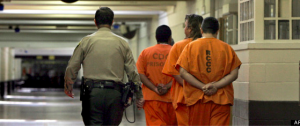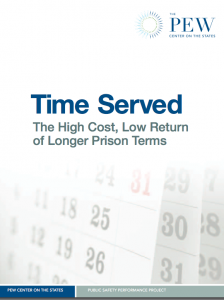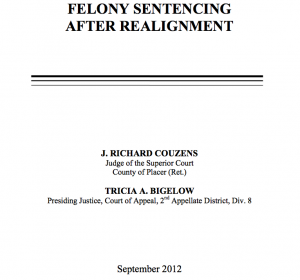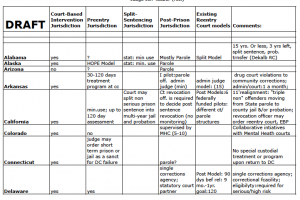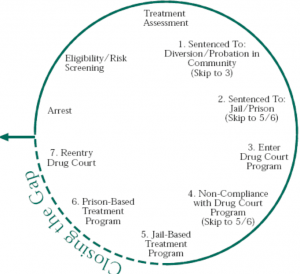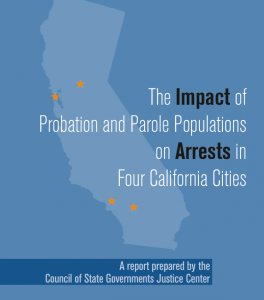 Jan. 28, 2013
Jan. 28, 2013
From a press release by CSG:
“A study has been released by the Council of State Governments, entitled The Impact of Probation and Parole Populations on Arrests in Four California Cities” (click on image on the left for a PDF copy). The study attempts to answer a question that to date has been a matter of speculation among law enforcement and corrections officials everywhere: to what extent do people on probation and parole contribute to crime, as measured by arrests?
Researchers at the CSG Justice Center collected and matched more than 2.5 million arrest, probation, and parole records generated between January 1, 2008 and June 11, 2011. Collecting and analyzing the data required the efforts of 11 independent agencies, including four local police jurisdictions, four county probation agencies, two county sheriffs’ departments, and the California Department of Corrections and Rehabilitation.
Among the most notable findings in these four jurisdictions:
- The majority of all adult felony and misdemeanor arrests were of people who were not currently under supervision. People under supervision accounted for only 22 percent of total arrests.
- Whereas people under probation and parole supervision accounted for one out of every six arrests for violent crimes, they accounted for one out of every three drug arrests.
- During a 3.5 year period in which total arrests fell by 18 percent, the number of arrests involving individuals under parole supervision declined by 61 percent and by 26 percent for individuals under probation supervision.”
It is argued that the 3.5 year study, immediately preceding the implementation of California’s Realignment Reform (starting in October, 2011) provides evidence of Realignment’s success. This preliminary information should encourage the legislature to move forward with rational prison reform, the simplification of the state’s sentencing laws, and the reduction in the extraordinary prison terms for violent crimes (that have doubled over the past thirty years).
On the other hand, sceptics of realignment, argue for an independent study of realignment, commissioned by the legislature, to determine the true effect of realignment ( see article by Dan Walters of the Sacramento Bee). To my mind, it is too early to come to any definitive conclusions, but that data should continue to be collected, while California moves forward with prison reform.
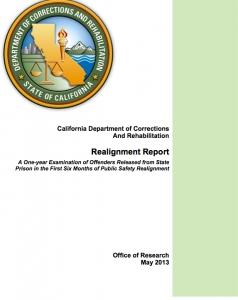 A new study conducted by the California Department of Corrections and Rehabilitation (CDCR) shows that arrests post-realignment are down compared to pre-realignment. Among the finding released in the report (click on image on the left for PDF of report):
A new study conducted by the California Department of Corrections and Rehabilitation (CDCR) shows that arrests post-realignment are down compared to pre-realignment. Among the finding released in the report (click on image on the left for PDF of report):


